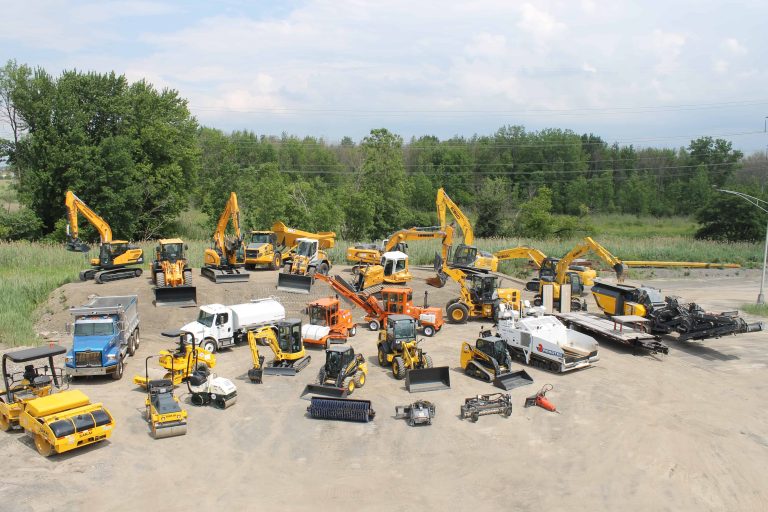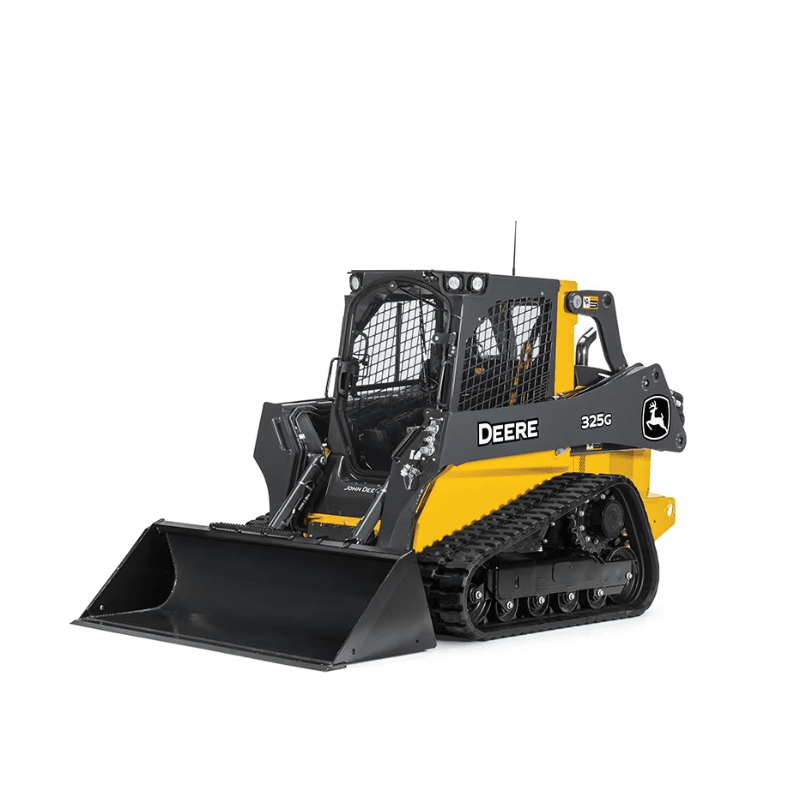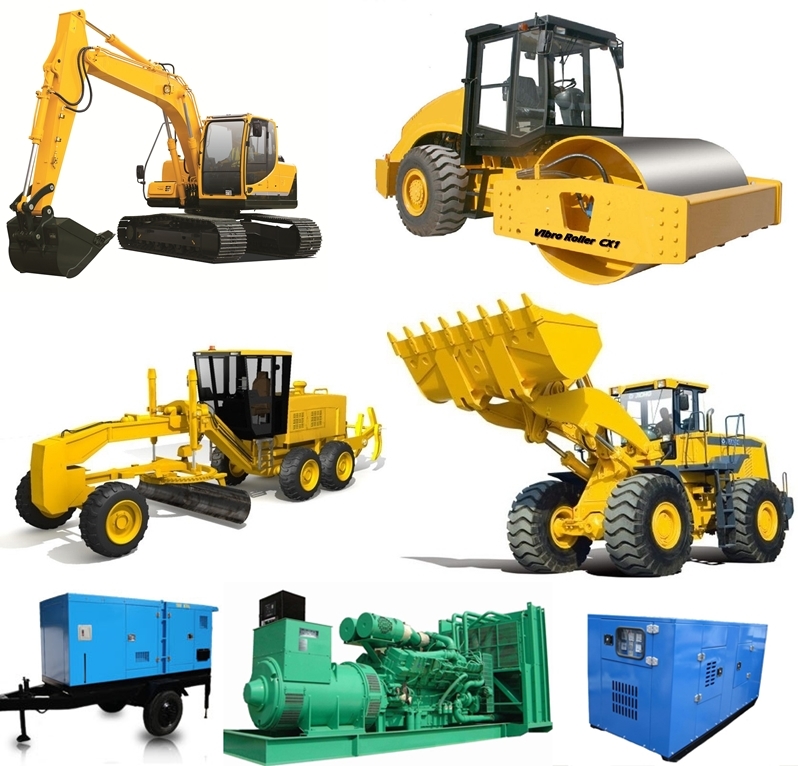Optimize Your Budget Plan by Understanding the Prices Related To Building And Construction Equipment Services
Comprehending the full extent of expenses connected with building equipment leasings is essential for optimizing your budget. While the initial rental cost may seem straightforward, numerous added costs-- such as transport, gas surcharges, and maintenance-- can rapidly build up, impacting your monetary planning. Moreover, recognizing different fees and the complexities of rental contracts can aid stay clear of unforeseen monetary burdens. What approaches can be employed to efficiently take care of these expenses and guarantee a more efficient rental experience?
Summary of Rental Costs
When thinking about building and construction devices leasings, comprehending the associated prices is extremely important for efficient budgeting and job planning. Rental expenses can differ considerably based on a number of factors, including tools type, duration of leasing, and place. The initial rental fee commonly shows the tools's market need and its connected operational capabilities, affecting the total cost.
In enhancement to the base rental rate, ancillary expenses may emerge, such as transport fees, fuel surcharges, and maintenance charges. It is vital to represent these added expenditures to accurately evaluate the overall expense of renting out devices. The rental period can influence pricing; longer services may qualify for reduced prices, while short-term leasings could incur greater everyday fees.

Malfunction of Rental Rates
A comprehensive understanding of rental prices is vital for specialists and job managers aiming to maximize their spending plans. Rental rates for building and construction devices commonly contain a number of components, including base rates, time-based costs, and usage fees.
Base rates are the core charges related to the leasing of the tools, commonly figured out by the type and size of the equipment. These prices can vary considerably, influenced by aspects such as devices need, schedule, and local market fads. Time-based costs, which may be daily, weekly, or monthly, serve to accommodate different job timelines and rental periods.
In addition, rental prices might consist of usage costs, which are suitable when tools is made use of beyond a specified limit, ensuring that the rental firm can make up wear and tear. Seasonal need fluctuations can likewise impact rental prices, with peak building periods usually regulating higher rates.
Furthermore, comprehending the rental business's policies relating to maintenance and insurance coverage can supply more insight into the total cost framework. By examining these elements, contractors can make informed choices, guaranteeing the choice of rental devices straightens with both task needs and spending plan restraints.
Extra Charges to Take Into Consideration
Recognizing the details of additional fees is essential for professionals to manage their total leasing expenditures properly. Past the common rental prices, various supplemental fees can significantly influence the overall price of tools leasing. These fees frequently consist of delivery and pickup costs, which can differ based on range and logistics entailed in transporting the devices to and from the job website.
Furthermore, some rental companies might impose gas surcharges if the equipment is returned with much less gas than when rented out. It is also necessary to be aware of potential cleaning costs, particularly for specific tools that requires thorough maintenance after usage.

Completely examining the rental arrangement and making clear these added fees upfront can assist professionals guarantee and prevent unexpected expenses that budget plans stay intact throughout the job lifecycle.
Upkeep and Repair Service Expenditures
Normal repair and maintenance expenditures are often ignored variables that can substantially affect the overall price of building equipment services. When leasing equipment, it is critical to consider not only the heavy duty truck lift rental charges but additionally the possible costs connected with maintaining the equipment in ideal operating problem.
Several rental companies consist of fundamental maintenance as component of the rental arrangement; nevertheless, a lot more unanticipated malfunctions or comprehensive repair services can bring about added expenses. It's vital to evaluate the rental agreement very carefully to recognize what upkeep solutions are covered and what duties drop on the renter.
Additionally, tools that image source is not well-kept can cause inadequacies at work website, potentially causing hold-ups and enhancing task costs. To alleviate these threats, it is a good idea to perform routine inspections and preserve open communication with the rental copyright concerning any kind of concerns that occur during use.
Insurance and Obligation Costs
Insurance coverage and responsibility costs are essential parts that can substantially affect the general cost of building tools leasings (scissor lift rental). These expenses ensure that both the rental business and the customer are safeguarded from potential monetary losses arising from mishaps, damage, or burglary throughout the rental duration

Furthermore, customers ought to understand any type of deductibles or exemptions in the insurance coverage policy, as these can influence possible out-of-pocket costs. Recognizing the terms of any type of insurance policy protection is vital to avoid unexpected costs. Ultimately, budgeting for insurance and liability expenditures can aid make sure a smoother rental experience and secure against economic dangers connected with building jobs.
Verdict
Finally, a detailed understanding of the costs linked with building and construction equipment services is crucial for effective budget plan monitoring. By assessing rental rates, added costs, maintenance expenses, and insurance organizations, requirements and people can lessen unforeseen expenditures. This strategic strategy not just improves cost-effectiveness yet also ensures that jobs advance smoothly and efficiently. Inevitably, notified decision-making regarding equipment leasings contributes to the total success of building and construction endeavors.
Rental expenses can vary considerably based on several factors, consisting of tools kind, duration of leasing, and area (construction equipment rentals). The rental duration can impact rates; longer leasings might certify for affordable prices, while short-term rentals may incur higher daily costs
By performing comprehensive study pop over to this site and involving with trusted rental companies, professionals can effectively navigate the complexities of rental pricing, ultimately optimizing their economic resources.
Beyond the common rental rates, different supplementary costs can significantly influence the total price of devices service. Rental companies often offer obligation insurance coverage that covers injuries to third events or damages to building, while equipment damages insurance coverage can cover the expense of repair services or substitute if the rented tools is damaged.